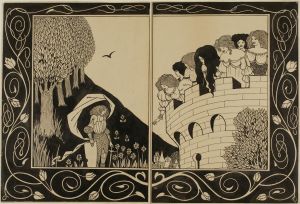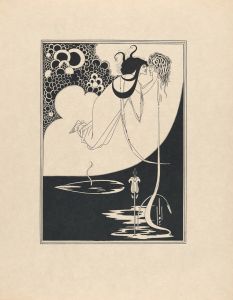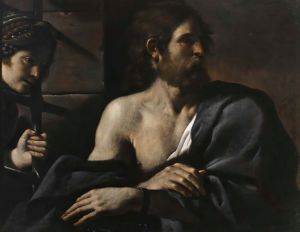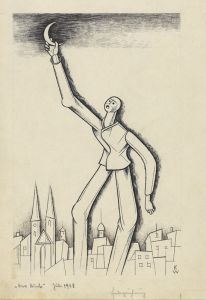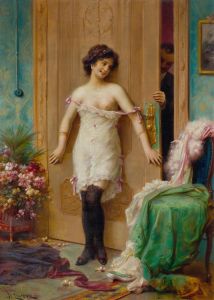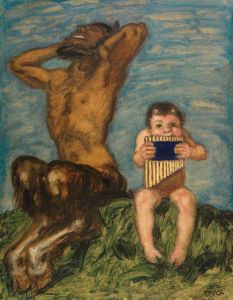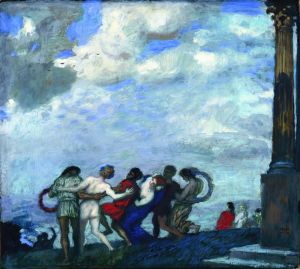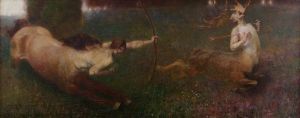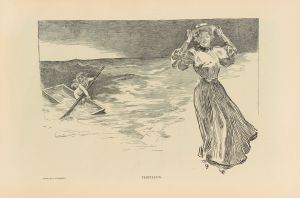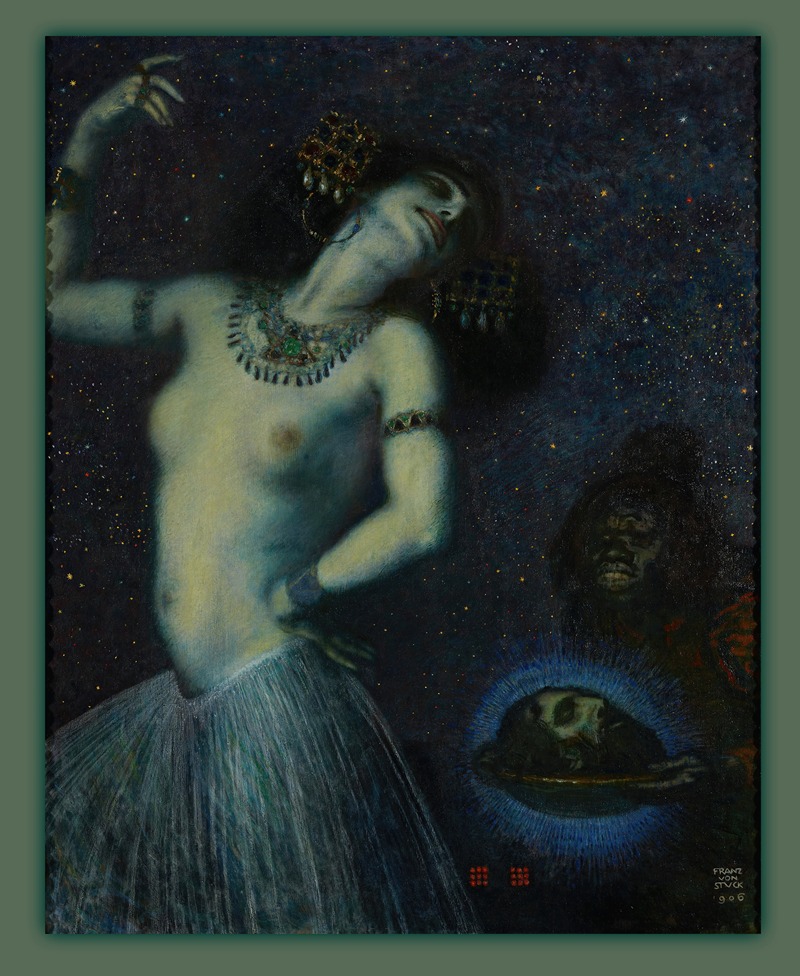
Salome
A hand-painted replica of Franz von Stuck’s masterpiece Salome, meticulously crafted by professional artists to capture the true essence of the original. Each piece is created with museum-quality canvas and rare mineral pigments, carefully painted by experienced artists with delicate brushstrokes and rich, layered colors to perfectly recreate the texture of the original artwork. Unlike machine-printed reproductions, this hand-painted version brings the painting to life, infused with the artist’s emotions and skill in every stroke. Whether for personal collection or home decoration, it instantly elevates the artistic atmosphere of any space.
Franz von Stuck's painting "Salome" is a notable work of art created by the German symbolist painter in 1906. Stuck, who was a prominent figure in the Munich Secession movement, is known for his evocative and often mythologically themed works. "Salome" is one of his many paintings that delve into biblical and mythological subjects, reflecting the artist's fascination with themes of seduction, power, and the femme fatale archetype.
The painting depicts the biblical character Salome, who is often associated with the story of the beheading of John the Baptist. In the New Testament, Salome is the daughter of Herodias and is known for her dance that led to the execution of John the Baptist, at the request of her mother. This story has been a popular subject in art and literature, symbolizing the dangerous allure of female seduction and the destructive power of desire.
In Stuck's portrayal, Salome is presented in a captivating and somewhat unsettling manner. She is depicted in a moment of stillness, yet there is an underlying tension that suggests movement or the aftermath of action. The painting is characterized by its dramatic use of light and shadow, a hallmark of Stuck's style, which adds to the intensity and emotional depth of the work. Salome's expression is enigmatic, capturing a blend of innocence and cunning, which invites viewers to ponder her true nature and intentions.
Stuck's "Salome" is also notable for its composition and use of color. The artist employs a limited palette, focusing on deep, rich tones that enhance the painting's mysterious and seductive atmosphere. The background is often dark, which serves to highlight Salome's figure and draw attention to her presence. This technique is typical of Stuck's work, where the interplay of light and dark creates a sense of drama and focus.
The painting reflects the broader cultural and artistic trends of the late 19th and early 20th centuries, particularly the Symbolist movement, which sought to express the ineffable and explore the deeper, often darker aspects of human experience. Stuck, like many of his contemporaries, was interested in exploring themes of eroticism, mortality, and the subconscious, and "Salome" is a quintessential example of these interests manifesting in visual form.
"Salome" by Franz von Stuck remains an important work within the artist's oeuvre and continues to be studied for its artistic and cultural significance. It exemplifies Stuck's ability to blend classical themes with modern stylistic elements, creating a timeless piece that resonates with audiences even today. The painting is housed in various collections and has been exhibited in numerous art exhibitions, contributing to its enduring legacy in the art world.





